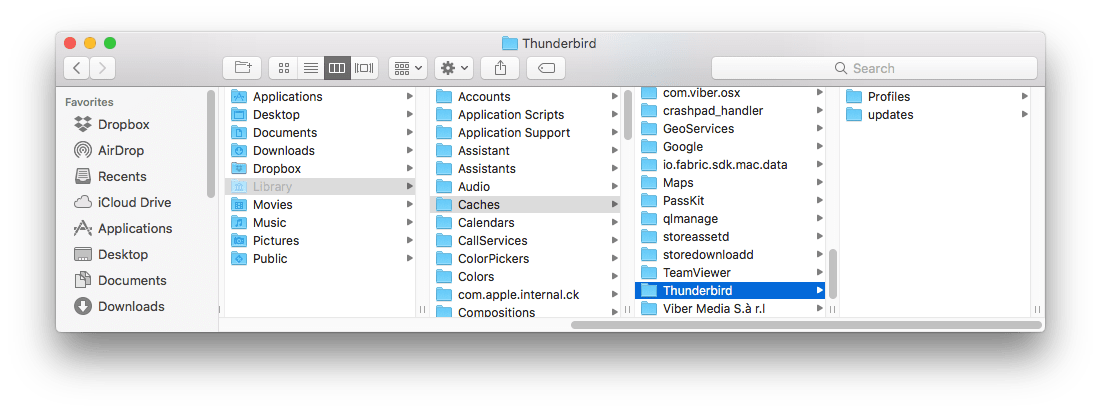
To be safe it's enough to make sure your antivirus software is monitoring your whole computer, in other words make sure that it provides real-time protection (also called "background guard" etc.) and that this is turned on. It also eats up CPU power, slows down sending and receiving, and causes many problems such as time-outs and changes in account settings.


Unless the e-mail is job-related or otherwise important, consider waiting a while before opening the attachment. If you have any suspicions about the origin or authenticity of a message, do not open any attached files until you have checked with the sender.ĭo not check (enable) "View -> Display Attachments Inline". Be alert for messages where the sender's address is spoofed (the message appears to have come from one source but in fact was sent from somewhere else) or where the attachment is announced in a way that sounds suspiciously generic (e.g., "Hi, here's the file you wanted") both techniques are commonly used by the creators of malware to trick you into opening the attachment. To protect yourself against new e-mail viruses, open e-mail attachments only if you trust the sender and if the sender announces the attachment. Preventing infection In this article, "virus" means any malware program, including worms, trojans, etc.ĭespite talk of "heuristics", most antivirus programs do not provide protection against rapidly spreading new malware infections before the antivirus companies manage to provide appropriate updates.


 0 kommentar(er)
0 kommentar(er)
